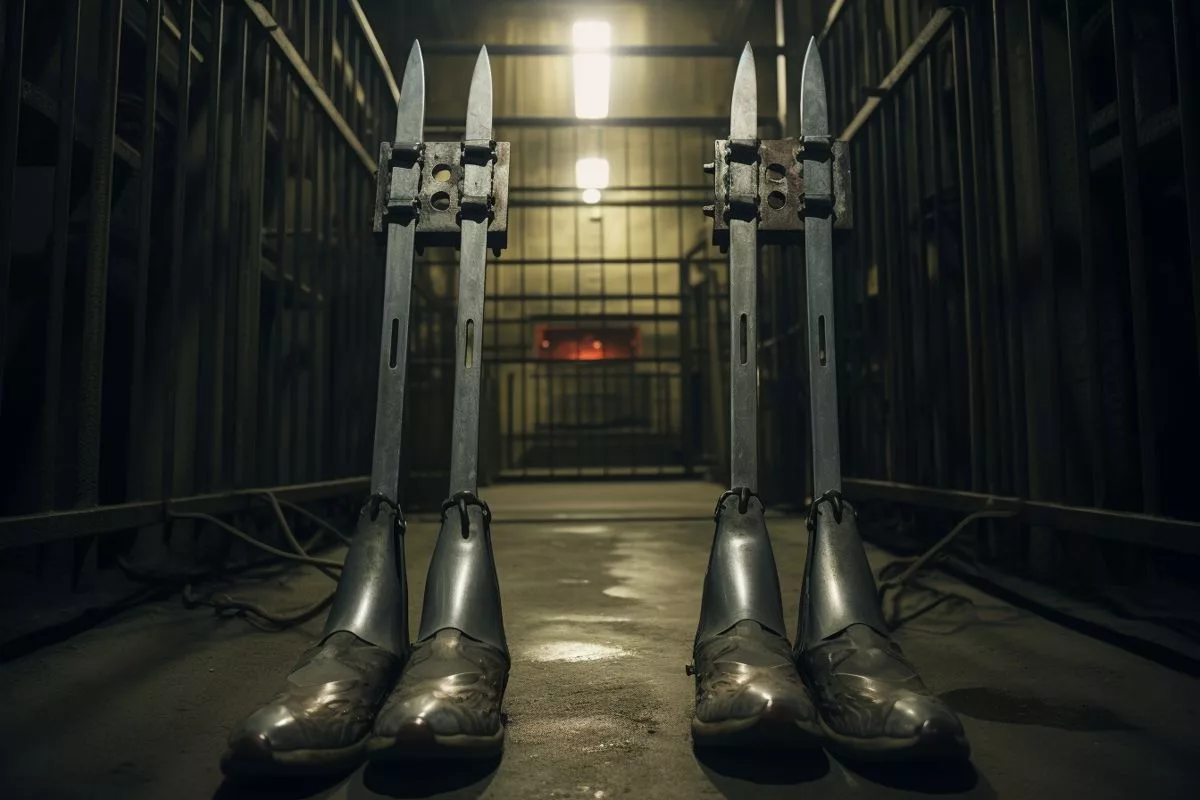The future of South African football depends on young talents like Bongani Sam and Mashego, according to experienced player Tsepo Masilela, who believes that the selection of a left-back must align with the coach’s philosophy and the requirements of the game. The debate over who will take the left-back position for South Africa’s Bafana Bafana continues to intensify, with numerous potential candidates in contention, including Terrence Mashego and Paseka Mako, despite some concerns over age and injury.
The Future of South Africa’s Left-Back Position
Numerous potential candidates are ready to take the stage in the left-back position for Bafana Bafana. The selection of a left-back must align with the coach’s philosophy and the requirements of the game. The future of the game is not solely dependent upon the players’ skills.
The Intensifying Debate
Within the dynamic landscape of South African football, fervorous discussions have emerged centering around the question of who will claim the left-back position for the national team, Bafana Bafana. Tsepo Masilela, the eminent ex-left-back for Kaizer Chiefs and Bafana Bafana, recently voiced his thoughts on the matter. Departing from AmaZulu and currently without a team, Masilela posits that both Terrence Mashego and Paseka Mako possess the requisite potential to make the position their own, especially considering Mako’s successful recovery from his injury.
Masilela, a seasoned player who has proudly represented Bafana in the 2010 FIFA World Cup, carries a profound understanding of the position’s nuances. With his experience of working under the guidance of esteemed coaches like Pitso Mosimane, Gordon Igesund, and Carlos Alberto Pareira, Masilela provides a unique perspective on the issue.
The disagreement has been amplified by Mako’s injury and the incorporation of Mashego into the Bafana team before his transition to Mamelodi Sundowns. The situation is further complicated by Bafana’s coach, Hugo Broos, displaying a liking towards Aubrey Modiba, particularly when Innocent Maela, another potential contender for the prized position, remains out due to injury.
Contrasting Opinions and Possible Candidates
While some believe there is a scarcity of left-back options in South Africa’s football panorama, Masilela holds a different viewpoint. He opines that the situation is far from being disastrous and sees no cause for concern. However, acknowledging that experienced players like Sifiso Hlanti and the injury-prone Innocent Maela – who is also Masilela’s half-brother – are now in their thirties, adds an element of urgency to the discussion.
Masilela insists that the selection of a left-back must align with the coach’s philosophy and the requirements of the game. The role of a left-back player can vary, depending on the coach’s strategy. Some coaches may favor a player who pushes forward, while others might prefer one who only advances when they have ball possession. Masilela’s perspective highlights the intricate dynamics involved in selecting a left-back.
During the recent FIFA international break, Broos chose Modiba, who is often utilized in various roles at his club by coach Rulani Mokwena. Though Masilela, who has earned 46 international caps for Bafana Bafana, hasn’t officially announced his retirement, he recognizes that his playing days, at the age of 38, are soon to end.
The Future of South African Football
Masilela also perceives potential in young players like Bongani Sam. With age on his side, Sam has the opportunity to hone his skills and mature as a player. Masilela acknowledges these young talents as the future of South African football. He is particularly captivated by Mashego, who transferred to Sundowns from Cape Town City in the previous year.
In summation, the left-back position’s future in South Africa seems to be promising, with numerous potential candidates ready to take the stage. Masilela’s perspectives serve as a timely reminder that the future of the game is not solely dependent upon the players’ skills. Equally important is their capacity to adapt to the coach’s strategy and philosophy. With appropriate guidance and opportunities, the forthcoming generation of left-backs is set to make a monumental impact on South African football.
1. Who does Tsepo Masilela believe are potential candidates for South Africa’s left-back position?
According to Tsepo Masilela, both Terrence Mashego and Paseka Mako possess the necessary potential to claim the left-back position for Bafana Bafana.
2. What are some concerns regarding potential candidates for the left-back position?
Some concerns regarding potential candidates for the left-back position include age, injury, and the coaches’ preferences and strategies.
3. What is the role of a left-back player?
The role of a left-back player can vary depending on the coach’s strategy. Some coaches may favor a player who pushes forward, while others might prefer one who only advances when they have ball possession.
4. Who did Bafana Bafana’s coach, Hugo Broos, choose for the left-back position during the recent FIFA international break?
During the recent FIFA international break, Hugo Broos chose Aubrey Modiba for the left-back position.
5. Who does Tsepo Masilela see as the future of South African football?
Tsepo Masilela perceives young players like Bongani Sam as the future of South African football.
6. What is the importance of a left-back player aligning with the coach’s philosophy and the requirements of the game?
The selection of a left-back player must align with the coach’s philosophy and the requirements of the game. The future of the game is not solely dependent upon the players’ skills. Equally important is their capacity to adapt to the coach’s strategy and philosophy.












